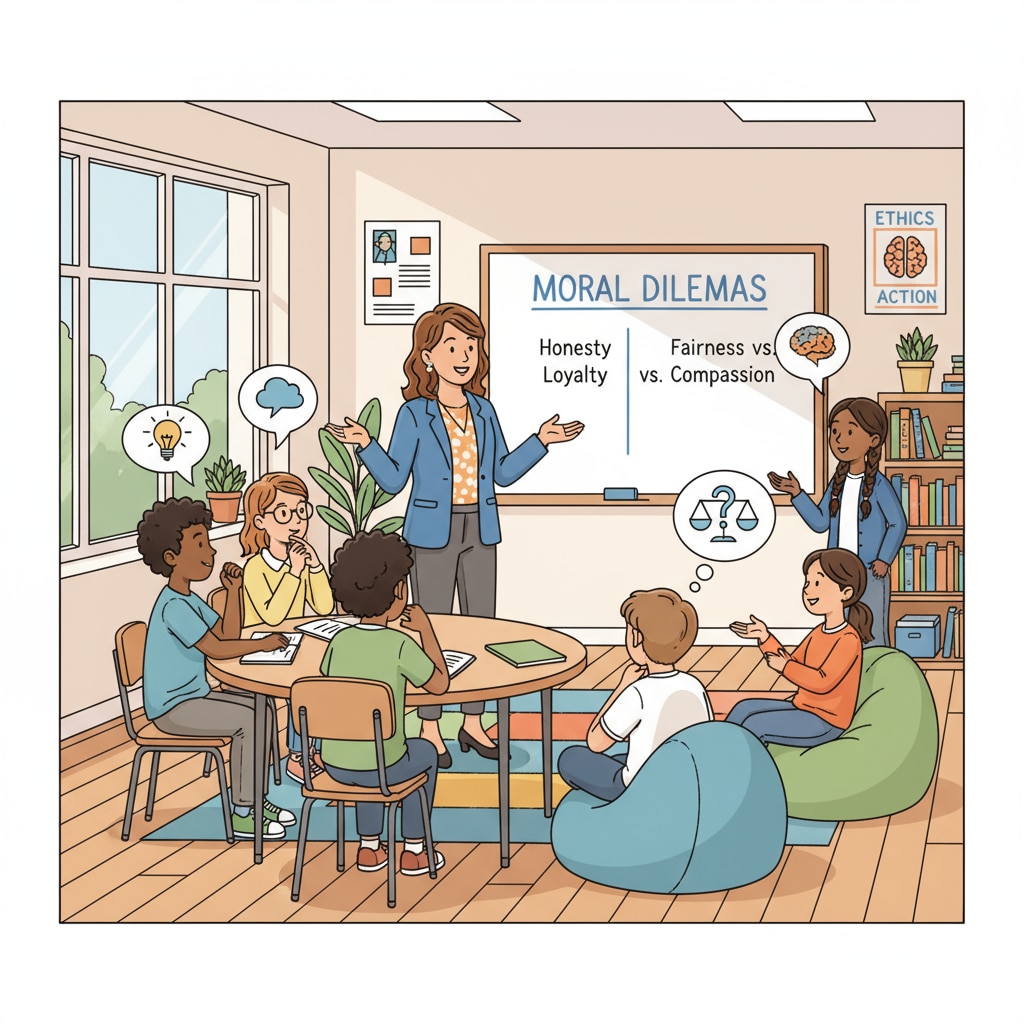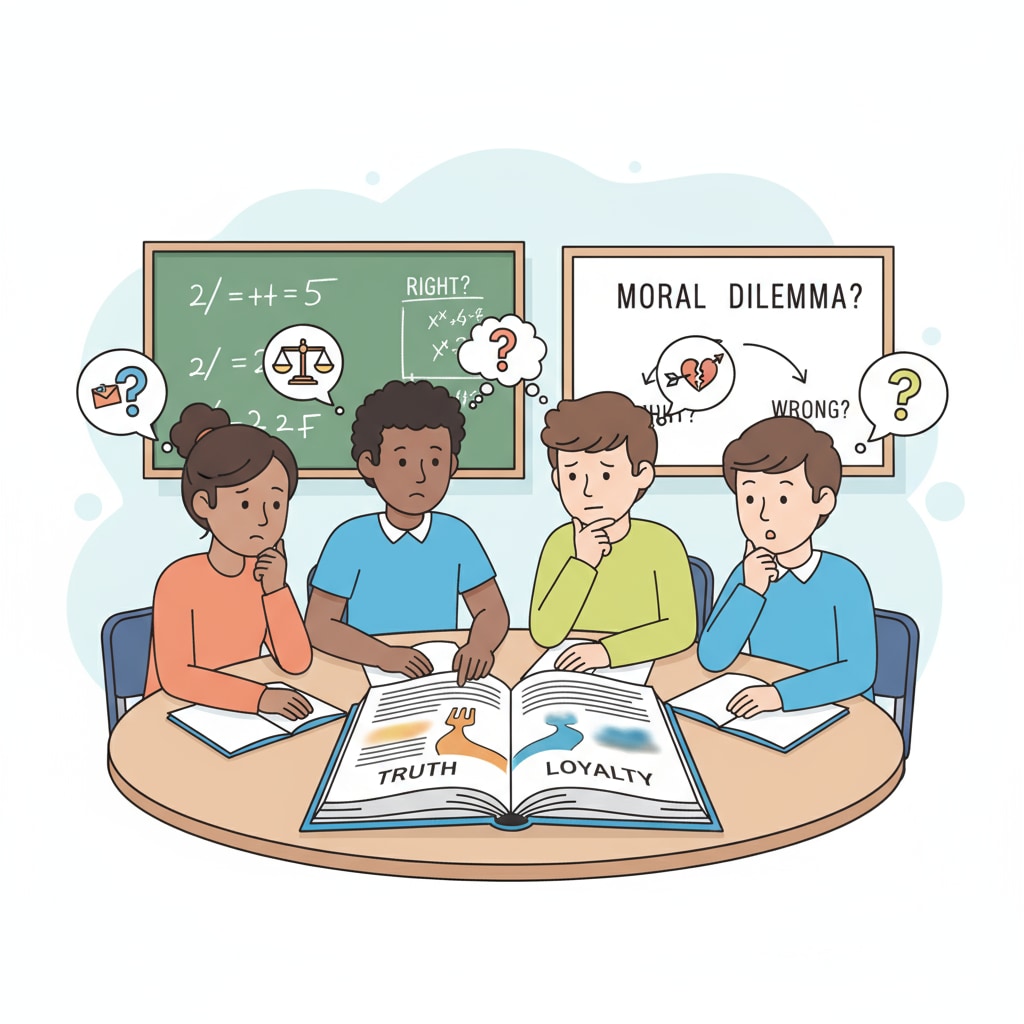Moral relativism, common values, and social differentiation are significant issues in contemporary society, especially when considering their impact on K12 education. In today’s world, the once-solid foundation of common moral values seems to be crumbling, replaced by a sense of moral relativism that questions the very existence of universal right and wrong. This shift has led to social differentiation, with various groups adhering to their own sets of moral beliefs.

The Rise of Moral Relativism
Moral relativism posits that moral judgments are relative to different cultures, individuals, or situations (as defined by Wikipedia). In recent years, it has gained traction due to globalization and the increasing exposure to diverse cultures. People are more aware of different moral codes around the world, which has led some to conclude that there is no absolute moral truth. For example, what may be considered acceptable in one culture, like certain forms of dress or family structure, may be seen as inappropriate in another. This has created a sense of confusion, especially among the younger generation in K12 education.
The Erosion of Common Values
Common values, which were once the glue holding society together, are now under threat. These values, such as honesty, respect, and responsibility, are being challenged by moral relativism. As a result, social differentiation has occurred, with different groups having different ideas about what is right and wrong. In schools, this can be seen in the lack of a unified understanding of ethical behavior. Students may be unsure of how to act in certain situations because there is no clear moral compass. This is a significant concern for educators, as it affects the character development of students.

Educators are faced with the difficult task of teaching moral values in a climate of moral relativism. They must find ways to instill a sense of ethical responsibility in students while respecting the diversity of beliefs. One approach could be to use real-life examples to illustrate moral principles. By discussing current events and ethical dilemmas, teachers can help students develop critical thinking skills and form their own moral judgments. Additionally, schools can create a positive moral environment by promoting positive values through school policies and activities.
Readability guidance: In this article, we’ve explored the rise of moral relativism, the erosion of common values, and the resulting social differentiation. These issues have a profound impact on K12 education. By understanding these challenges and implementing appropriate strategies, schools can help students navigate the complex moral landscape and develop a strong sense of ethics.


